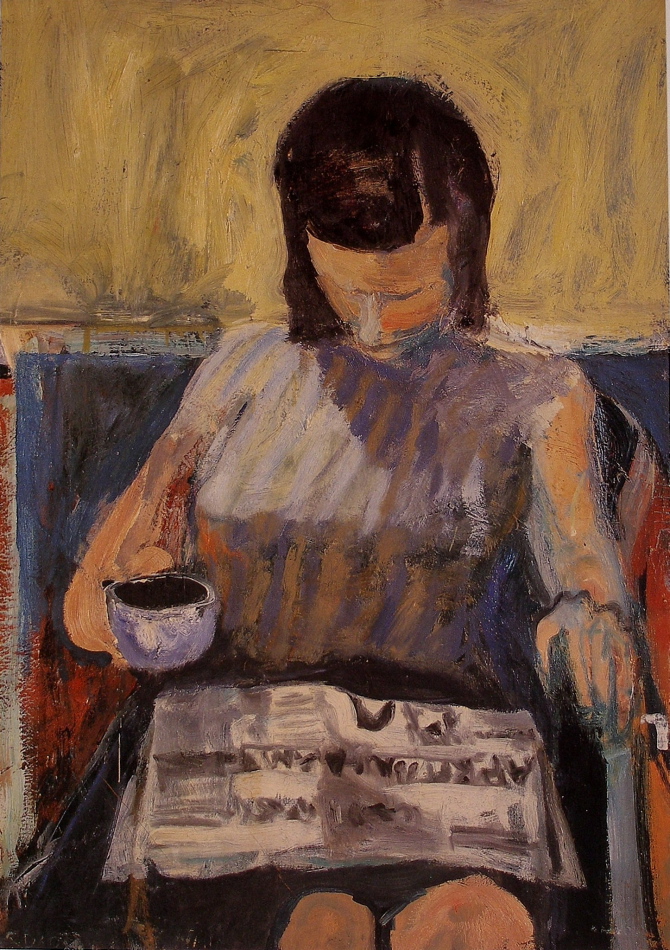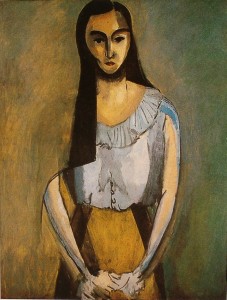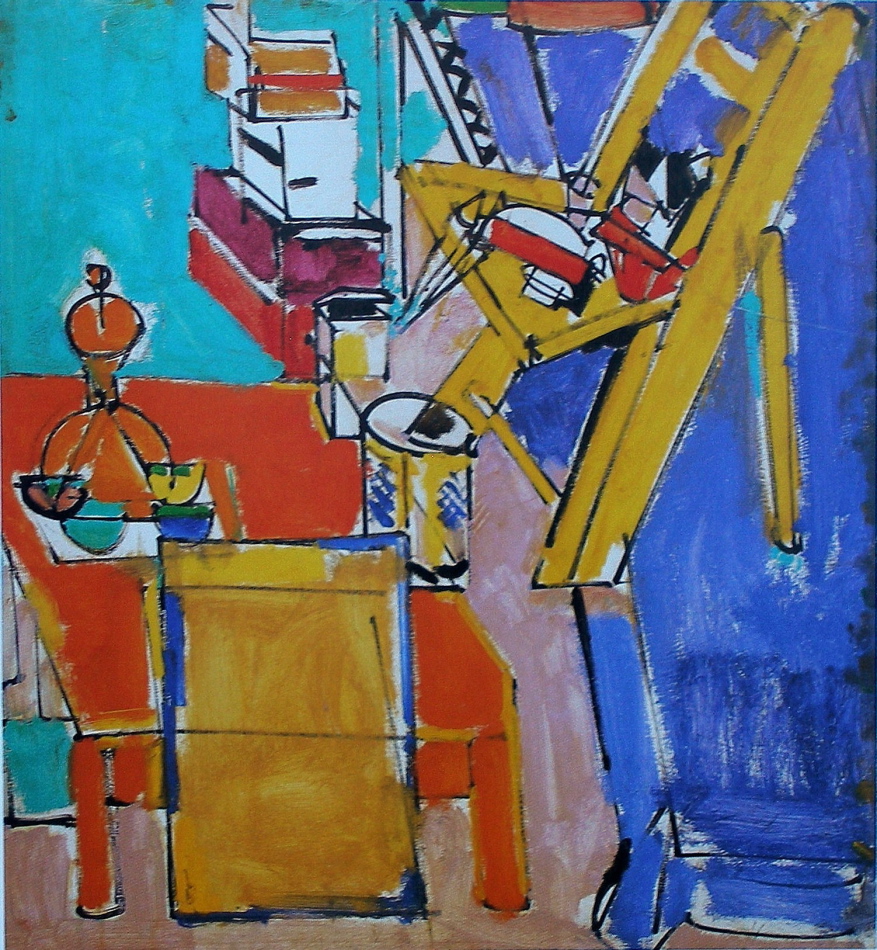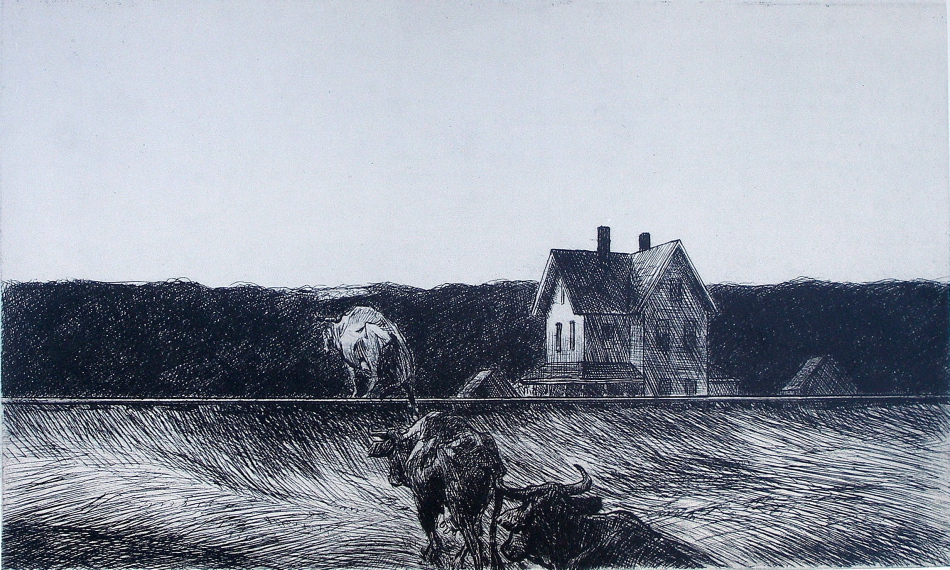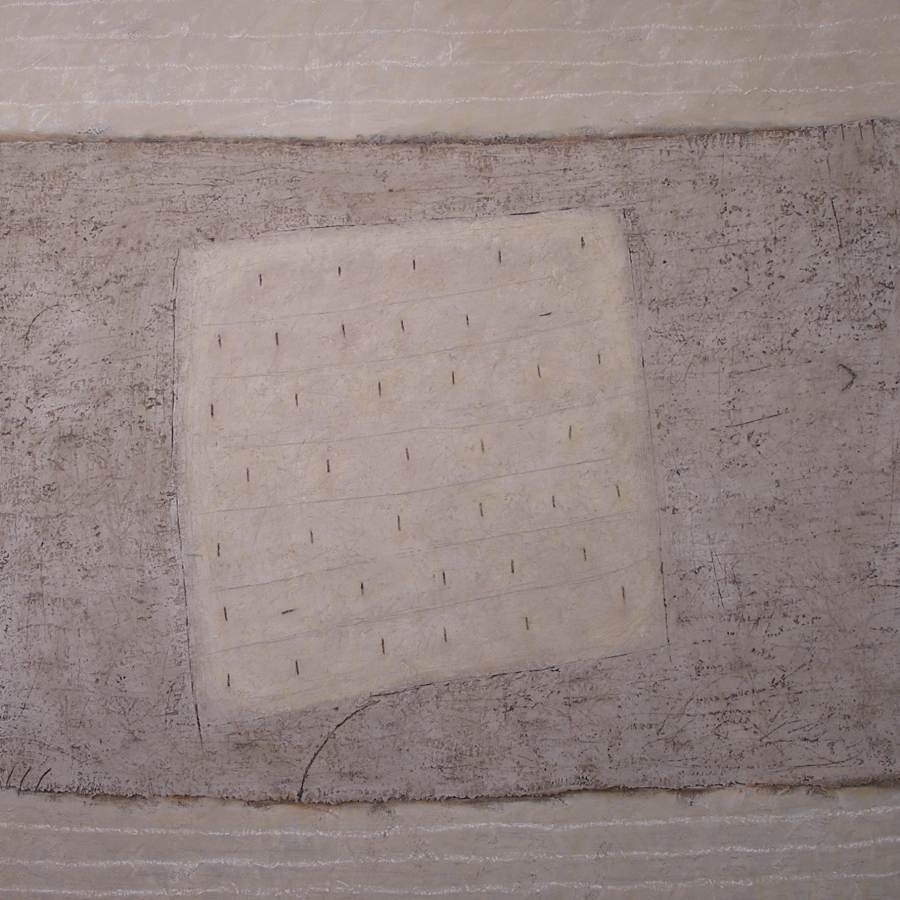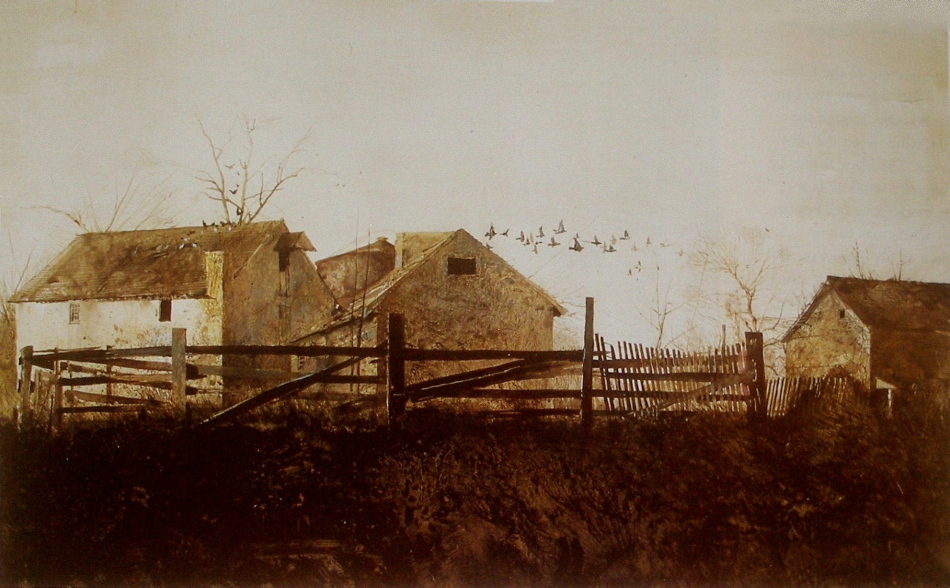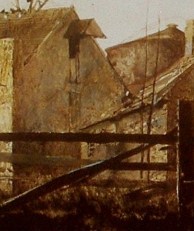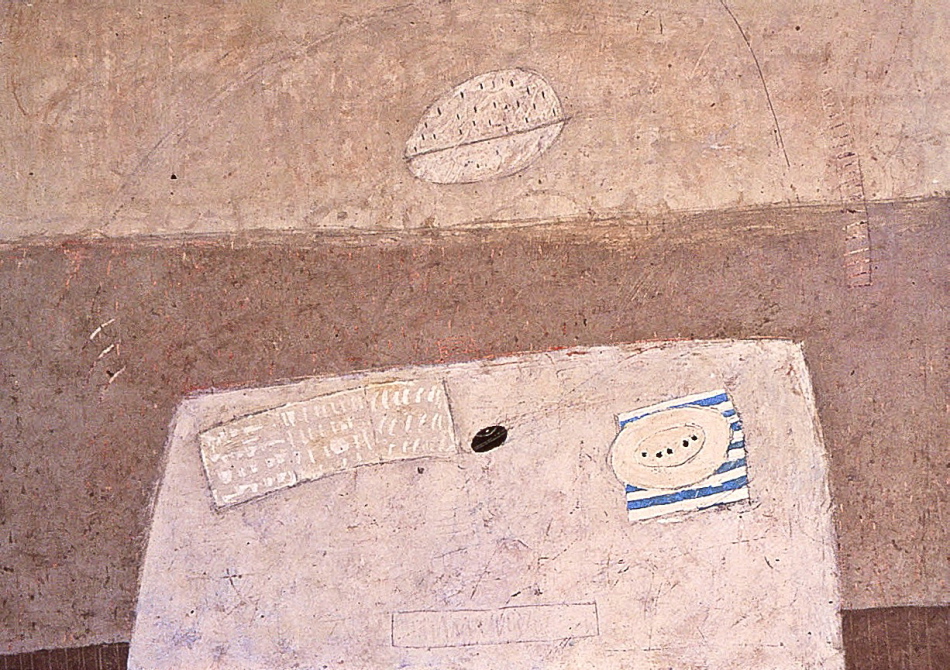This painting by Diebenkorn has an excellent example of what I like to term a pull, which is a shape, value or colour pulling the viewer from the focus of the composition. Master artists are very aware of the viewer’s perusal, and how to guide the eye away from the focus without competing. This is not easily accomplished and it takes time before you find what works for you.
Diebenkorn masterfully takes us from the focus of the girl’s head to the black coffee, which is beautifully supported with the similar values below. I hope you can feel the pull as it should not be obvious. If it’s too strong we would have competition which in Diebenkorn’s hands, has been superbly avoided.
This is orchestration and good artists resist formula. The continuity, or style, comes from knowledge combined with intuition and of course experience.
Now there is a great pause(which is not as strong as a pull) on the newspaper in the shape of a “U”, gently taking you from the coffee. Can you see the path? He guides us from her hair, to the cup, to the “U”, (where you pause), and then back to her head. There are other avenues to guide us as well, which I hope you enjoy discovering and appreciating.
I must also mention how the figure is beautifully integrated with the background at her left shoulder. Do you see how the white shape curls up to connect to her hair? And I love that black line leading in and forming her knuckles. Great integration. What a painter!

